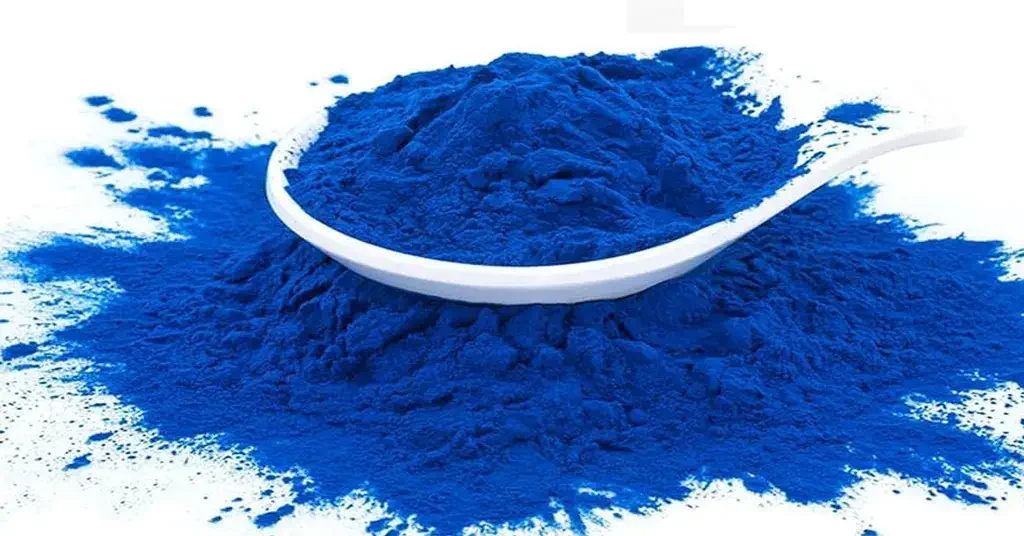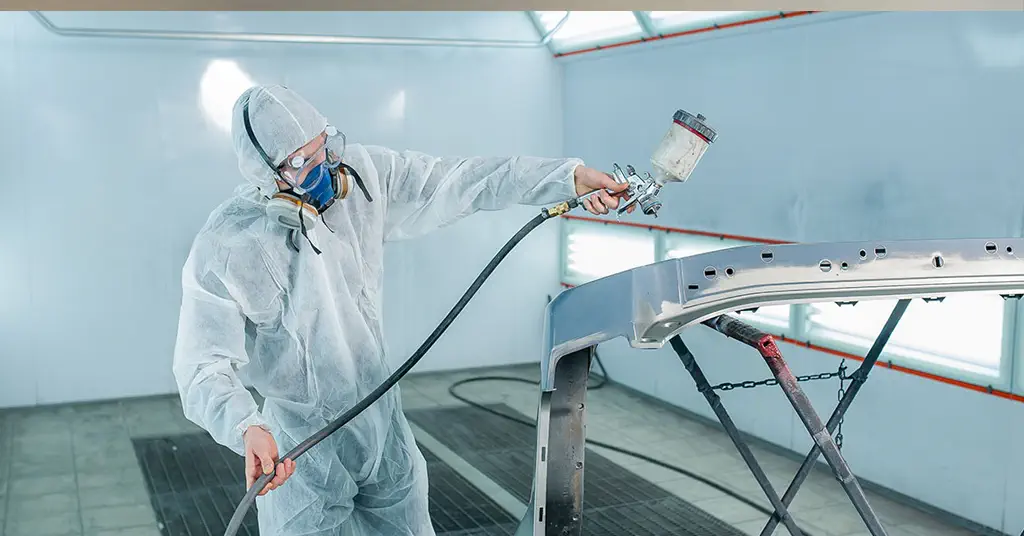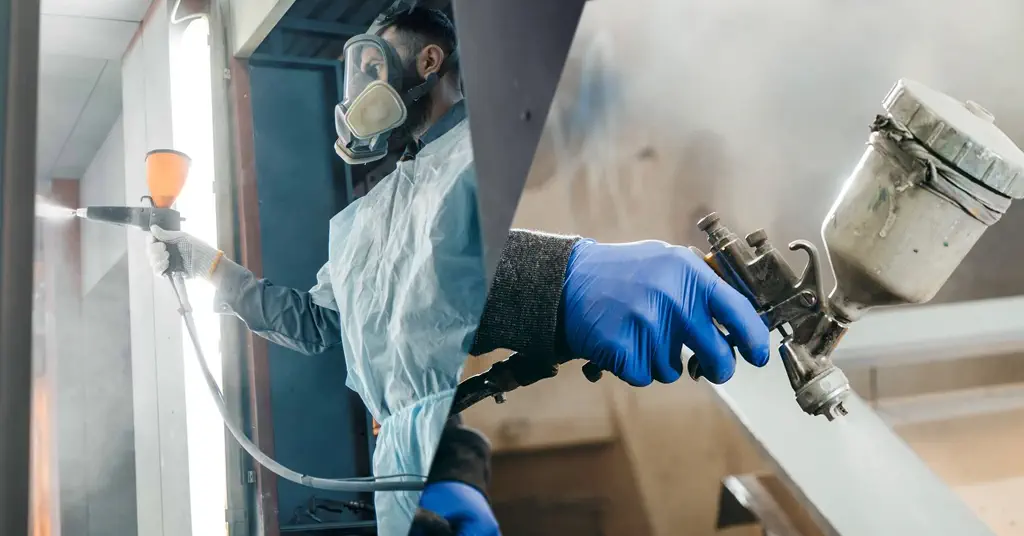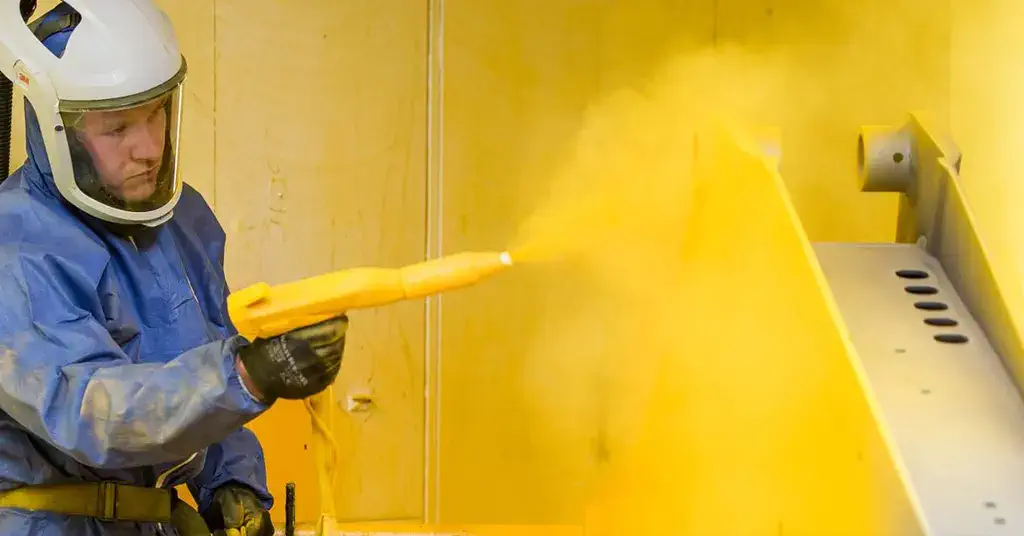Analysis on the Source and Prevention Measures of Powder Coating Spraying Surface Particles
In the production of parts, surface treatment is required before practical application. When electrostatic spraying of powder coatings is carried out, particles will appear on the surface, affecting the production quality of the workpiece, and then affecting the stable operation of the mechanical equipment after assembly.
Table of Contents
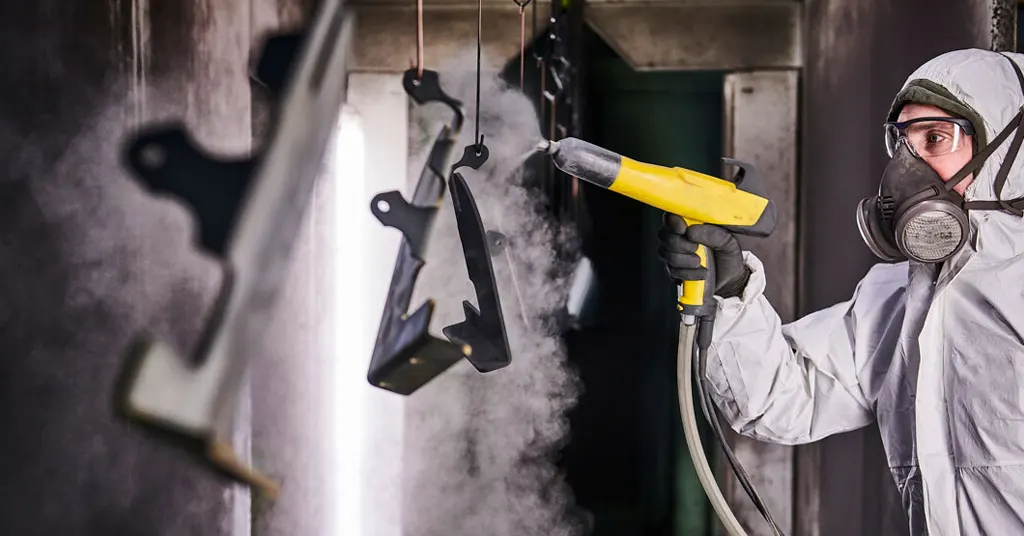
This article discusses the reasons for the appearance of surface particles in powder coating spraying, which is of great significance for improving the quality of workpieces.
In the process of surface treatment of workpieces, the appearance of spraying particles will not only affect the appearance of the workpiece, but also affect the performance of the workpiece itself.
The particles on the surface of the workpiece may bring external moisture, gas or corrosive substances into the workpiece substrate, causing local corrosion of the workpiece and affecting the quality of the workpiece itself.
Therefore, when spraying powder coatings, surface particles should be eliminated as much as possible to reduce the production cost of the product and improve production efficiency.
1. There are infusible impurities in powder coatings
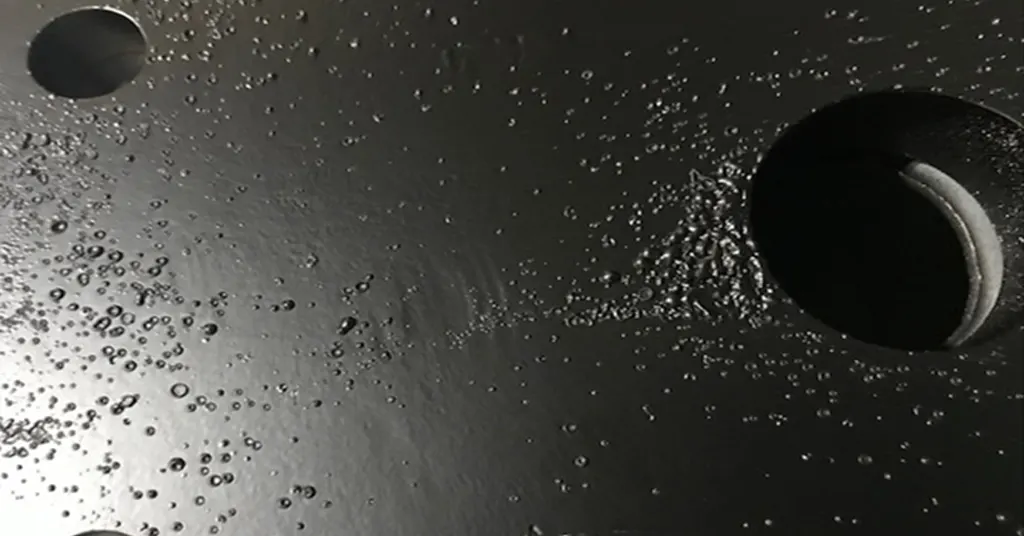
When powder spraying, if there are dust particles or crushed fibers in the powder, when the particle size of these substances is large or the height exceeds the coating thickness, particles will form on the surface of the workpiece.
There are two main reasons for the presence of particles in powder coatings. One is that there are particles in the powder raw materials, which is mainly caused by the manufacturer during production, so that continuous particles will be formed during the spraying process.
For this phenomenon, only the manufacturer can improve it, improve the production quality of the powder, and avoid the appearance of particles. The second is the particles introduced during the use of the powder, which may be due to the presence of particles in the container containing the powder, or introduced when the powder bag is opened.
For this phenomenon, the container containing the powder coating can be cleaned. When opening the powder bag, keep the surface of the plastic bag clean. In the process of adding powder, the principle of small amounts and multiple times can be adopted to reduce the probability of particles appearing in the powder.
Before the powder enters the site, its particle size should be tested. Screening can be used, which is fast and effective. The manufacturer can also provide the distribution of particles in the powder for users’ reference. In addition, a spraying test can be carried out on a thinner sample to see the distribution of particles.
2. Sand collection caused by fluff
In the workshop where the workpiece is sprayed on the surface, a good environment should be maintained. If there are fibers in the air during the spraying and curing process, they will be adsorbed to the surface of the workpiece due to static electricity or the adhesion of the powder, thus forming sand collection, which is arranged in a circular or linear shape on the surface of the workpiece.
The main reason for this phenomenon is that there are fibers in the spraying environment, which may come from the clothes of the operator or the cotton yarn used for maintenance.
In order to maintain the cleanliness of the spraying environment, the operator should have a dedicated dressing room. It is strictly forbidden to bring items that may have floating fibers into the spraying room, and use towels that do not produce lint to maintain the equipment.
In addition, the lint in the air can be filtered with a stainless steel wire mesh with good filtration performance, which can not only play a good purification role, but also does not affect ventilation.
3. Particles caused by dust in the environment
During the spraying process, the dust in the air will be adsorbed to the surface of the workpiece spraying due to static electricity to form particles. The source of these dusts is mainly unclean air, which may be dust brought by vehicles or dust during workshop cleaning.
In order to reduce dust in the air, the spraying workshop should be kept airtight, a positive pressure workshop should be built, air circulation and filtration should be maintained, the indoor and outdoor pressures should be kept consistent, and the cleanliness of the workshop should be maintained to the maximum extent.
The curing oven is an important procedure after the workpiece is sprayed. In this process, if there are fluff or dust in the air and adsorbed to the surface of the workpiece, it will affect the surface quality of the workpiece.
In the curing oven, there will be air circulation and replenishment, so try not to walk around the air inlet or engage in grinding work. A filter can be installed at the air outlet to reduce air convection, thereby reducing the replenishment of cold air, which can not only achieve energy saving, but also reduce the entry of dust.
4. Volatile substances in powder coatings
Some substances in powder coatings evaporate into gas at the curing temperature, and crystallize into loose solids when they are cooled at the curing oven outlet. When they reach a certain thickness, they loosen and fall off.
If they fall on the workpiece after powder spraying, although it can be re-melted, it is different from the leveling characteristics of powder, so it also causes sand collection. This type of sand collection is often a ball, and sometimes white substances can be seen on the particles, which can be wiped off by hand. Regularly clean (sweep or flush) the volatiles at the oven opening to eliminate such particles.
5. Carrying objects on workpieces, hangers, and hanger heads
These carrying objects include: rust on the upper part of the hanger rod; pre-treatment residues on the hanger and the hanger head; residual paint when the hanger is cleaned; iron filings adsorbed on the magnetic block of the magnetic hanger; tape, paper, putty on the repaired workpiece, etc.
The above carrying objects fall off at high temperatures, causing the environment in the oven to deteriorate. Therefore, the hanger and workpiece should be as clean as possible, and the new hanger should be flushed or cleaned before being put into use.
6. Embedded objects in repaired workpieces
When the workpiece is repaired on the ground, hard objects (such as iron filings, stones, sand, etc.) will be embedded in the coating, and they cannot be washed off. The thickness of the powder during spraying is less than the embedded objects, and the particles cannot be covered.
If one side of the paint film is facing downward during repair, the ground should be cleaned, a clean flat plate should be placed on it, or the workpiece should be lifted off the ground with tooling to prevent such defects. If the workpiece must be repaired on the ground, check whether there are embedded objects before spraying.
7. Oil sludge falling from the catenary
The lubricating oil, dust, powder, etc. on the catenary are crushed by the bearing to form oil sludge. When there is no oil receiving pan in the curing oven, it falls on the workpiece and becomes particles. Most of these particles are black and easy to identify.
An oil receiving pan can be installed under the catenary for protection. Dust, lint, oil sludge, volatiles, etc. can be placed on a specific part with a white flat plate to determine their amount and degree of influence.
8. Hard semi-solidified powder block
In summer or some powders with low melting temperature, semi-solidified powder lumps will form in the suspended rotating screen of the powder spraying equipment, cut through the screen and enter the powder supply barrel, and form smooth particles after spraying and curing. Whether there are hard powder lumps can be judged by the particles of the screened waste powder.
The reasons for the formation of semi-solidification are: the equipment temperature is too high, the powder is too coarse or the rotating screen is too fine, and the powder melting temperature is low. Check the screen when there are such defects. Cleaning the powder supply barrel can be effective immediately, but it must be clean and thorough when cleaning the powder supply barrel.
9. The cleaning water is unclean and has too many particles
There are large particles in the cleaning water, such as mud and sand in tap water, residues of phosphating solution, etc., which cannot be washed away by only one deionized water. There will be particles on the phosphating film. When the particle size is larger than the powder spraying thickness, particles will appear on the coating.
This kind of particles is very similar to the situation where the coating is too thin. If the thickness is within the process range, the condition of the cleaning water should be checked. It can also be judged by the phosphating surface before drying. Touching the phosphating film with your hand feels very rough.
Strengthen cleaning through the following measures: replace the clean water in the tank, check the cleaning nozzle and spraying conditions, check the flow of overflow water, check the quality of deionized water, etc.
10. Particles caused by substrate rust
If the substrate rust is not completely removed, the rust will lose crystal water at the curing temperature, and the water vapor will break through the coating to form protrusions. Such defects are very harmful to corrosion resistance. In harsh environments, moisture or acid enters the bottom layer from the pores, causing the rust surface to expand.
The above problems can be avoided by strengthening the rust removal method. Before going online, the local rust should be manually removed, sanded (fine sandpaper above 300#) or scrubbed with dilute acid (5%-10% hydrochloric acid). If necessary, oil should be applied after rust removal to prevent rust.
11. Surface residues
For some unqualified workpieces that need to be reworked, due to the incomplete treatment of the previous process, the surface of the workpiece is covered with putty or sponge tape and other substances, which will form particles on the surface when sprayed again.
In addition, if the tools used for rework are too rough, burrs will be formed around the drilled holes, resulting in the generation of particles during spraying.
In order to prevent particles caused by surface residues, the surface of the workpiece can be cleaned before spraying to remove surface attachments, which can effectively reduce the generation of particles.
Conclusion
The production quality of workpieces has a direct impact on the economic benefits of the enterprise. When the workpiece is sprayed on the surface, particles will be formed on the surface of the workpiece due to various reasons, which seriously affects the quality of the workpiece.
In view of the phenomenon of particles on the surface of the workpiece, the above article analyzes various reasons and puts forward targeted solutions, which is of great significance for the surface spraying of the workpiece.
With continuous production practice, in the process of surface spraying of workpieces, the process will be gradually improved, the generation of surface particles will be reduced, the production quality of workpieces will be improved, and the economic benefits of enterprises will be promoted.

Erik
Doctor of Chemical Engineering, expert in the field of powder coatings, with over 20 years of professional experience in the research and application of powder coatings
Have Anything To Ask Us?
